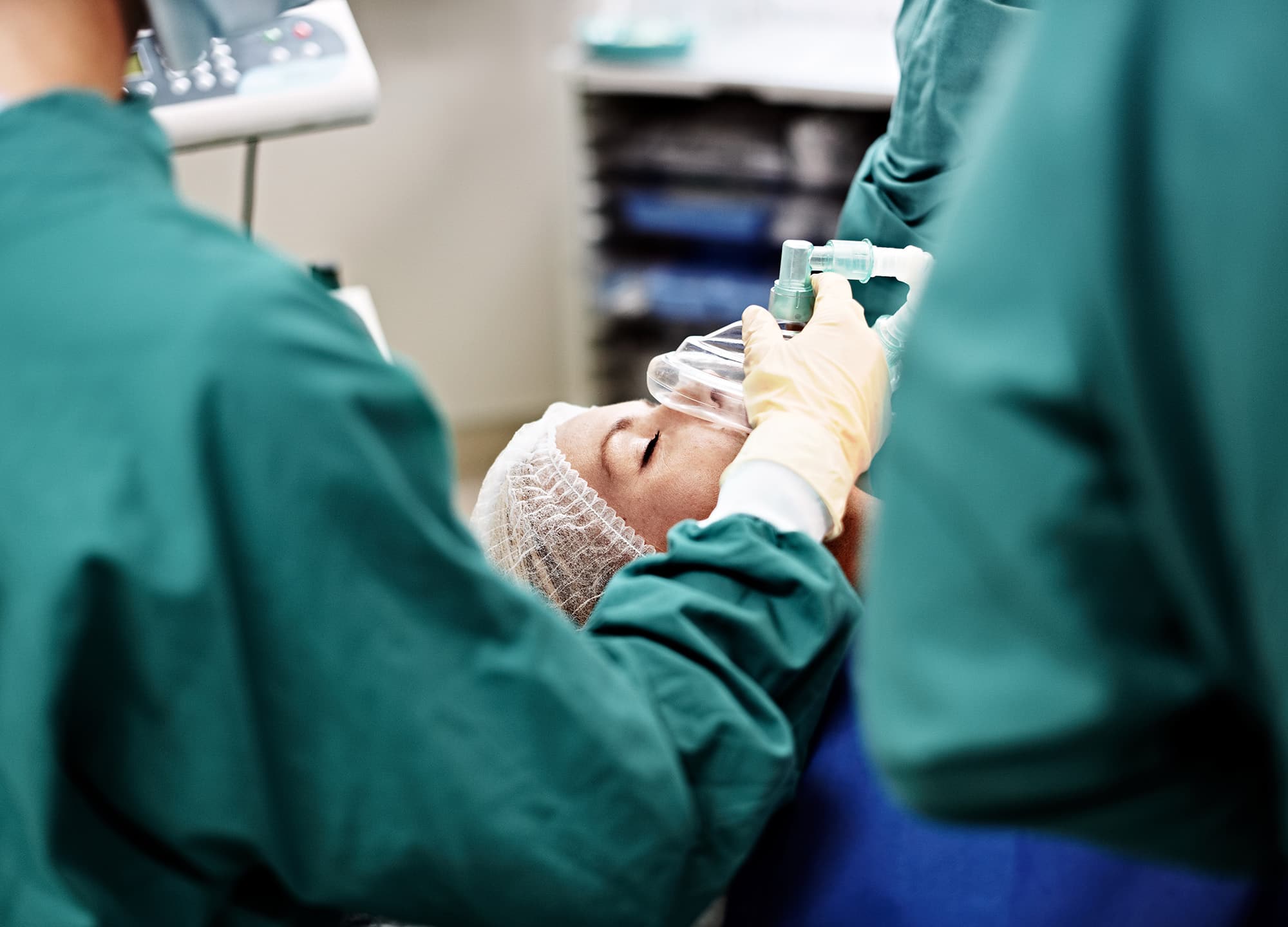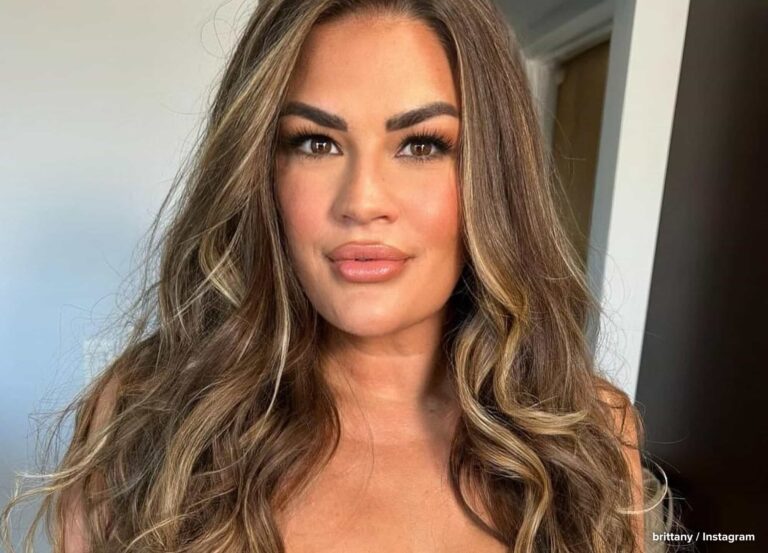Three years ago, Krystal Reilly elected to get a Brazilian butt lift under conscious sedation. She was told it would be a simple, painless procedure that she’d likely sleep through. In actuality, she remained wide awake and only partially numbed. The pain was “horrific,” she recalls; before the fat transfer portion of the surgical procedure, she was handed stress balls—that’s how alert she was.
Needless to say, that’s not how things should go. Done properly by a board-certified doctor and anesthesia provider (typically an anesthesiologist and/or a certified registered nurse anesthetist) in a hospital setting or accredited surgical facility, twilight sedation, also known as conscious sedation or sedation analgesia, is a safe, pain-free anesthesia method for those who don’t want, or can’t have, general anesthesia.
Surprisingly, Krystal’s first experience didn’t put her off from going under the knife again. When searching for someone to do her breast augmentation, she made sure to do in-depth research of both the twilight anesthesia method and the providers who offered it, to ensure her doctor was a board-certified plastic surgeon in good medical standing, with the highest safety standards. She ultimately settled on Dr. Randy Buckspan, a plastic surgeon in Austin, Texas. “My twilight anesthesia experience was amazing. I wish more people knew how easy it is, because if you don’t need to go under general anesthesia, why do it?” she says.
Here, the top eight things to know if you’re considering twilight anesthesia for your cosmetic or dental procedure.
1. Twilight sedation can be used safely for almost all cosmetic surgeries, but doctors have differing preferences on anesthesia methods.
For Krystal, it wasn’t easy to find a board-certified plastic surgeon with an accredited surgery facility and no malpractice cases or deaths on their record who offered twilight sedation for breast augmentation. “I called so many doctors in the Austin, Texas, area, many of whom noted on their website that they did twilight, but when I got them on the phone, they’d say they didn’t do it unless it was medically necessary,” she says. “They made it seem like I wanted it just because I was cheap [and wanted to save on anesthesiologist costs], when really I was just fearful of general anesthesia.” [According to two plastic surgeons and two anesthesiologists we spoke to, there is no savings for choosing twilight over general, since an anesthesia professional should still be present throughout the surgery.]
According to Dr. Deborah Platt, a board-certified anesthesiologist in Great Neck, New York, “Most doctors prefer patients undergo general anesthesia, to protect their airways from the start of the procedure, instead of the possible introduction of a breathing tube during the procedure, should one be called for—which is rare. Before any decision on type of anesthesia is made, patients undergo a full medical workup. Oftentimes, a larger patient might be less of a candidate for twilight anesthesia, due to anatomical airway issues.”
At Dr. Buckspan’s practice, where Krystal eventually ended up getting her surgery, the doctors use twilight sedation only—for everything from tummy tucks to facelifts. But general anesthesia, he admits, can be simpler: “The patient’s not going to move, they’re going to be out in a few minutes and it doesn’t take as long to get through an operation.” It’s been around forever and works well, he says, so there is no major incentive for doctors to explore other options. Dr. Buckspan personally feels twilight is the safest and most comfortable type of sedation available, which is why he uses it exclusively.
Dual-board-certified facial plastic surgeon Dr. Andrew Jacono, who works with Dr. Platt, estimates that the majority of procedures he does are performed under twilight anesthesia and says that “while the risks of having serious complications after general anesthesia are extremely low [less than .001%], there is no question that the rate of nausea, the discomfort and the increased bruising and swelling associated warrant the many plastic surgeons who will perform surgery only under general anesthesia to reconsider their approach.”
Of course, there are limits to when twilight can be used: “Certain surgeries can be done solely under general anesthesia, such as extensive body work, intra-abdominal surgeries where muscle relaxation is warranted or complicated rhinoplasties,” says Los Angeles–based board-certified anesthesiologist Dr. Shahin Ebrahimian.
Related: What 10 Plastic Surgery Patients Would’ve Done Differently, Had They Known Then What They Know Now
2. You are conscious and able to breathe without assistance.
Though general anesthesia is considered to be very safe, many people don’t like the idea of being put into a medically induced coma and have concerns about the side effects and risks. “Under twilight sedation, your body is awake but your mind isn’t,” says Dr. Buckspan. “You’re breathing, swallowing, coughing, sneezing—only you aren’t aware of anything that’s going on and can’t feel any pain or discomfort.” Many patients tend to fall asleep once the medication kicks in.
“I just felt very relaxed and tired, like I’d had a long day at work,” says Krystal. “I remember talking about Beto O’Rourke and saying I loved him, then mid-conversation—boom—I was out, like a snap of the fingers.”
3. You will still need local anesthesia, for pain management.
Twilight sedation puts you into a deep state of relaxation, but it doesn’t numb the body or block pain, which is why your doctor will still need to use local anesthesia. (General anesthesia does not require a local anesthetic.) Theoretically, your doctor could just use local anesthetic for a more intensive procedure, like a breast augmentation or Brazilian butt lift, but you’d have to be the world’s calmest person. Because local numbs only the area being operated on, your brain would be wide-awake and sending messages to your muscles to switch positions, scratch an itch and so on. With twilight, “you’re comfortable in one position for a prolonged period of time, because you don’t know you’re uncomfortable,” says Dr. Buckspan.
4. A variety of drugs can be used, and some carry more risk than others.
There are many different ways to consciously sedate a patient, and your doctor and/or anesthesiologist likely has a preferred method. Usually, you will be given an oral benzodiazepine for anxiety, followed by an intravenous injection of a narcotic (such as Demerol or fentanyl, the latter being 80 to 100 times stronger than morphine), a hypno-analgesic (ketamine is the only one currently in clinical use) or propofol. In some cases, nitrous oxide gas is used.
Due to narcotics’ serious side effects and risk of abuse, many doctors opt not to use them. Propofol, notoriously associated with Michael Jackson’s death, may still be the most popular induction agent, but Dr. Buckspan and a growing number of providers prefer ketamine. “Ketamine won’t suppress your respiration, like Propofol might,” he says.
During your consultation, ask your doctor why they use the drugs they do and voice any concerns you may have. If you have had negative reactions to nitrous oxide, severe nausea from any painkillers or a history of opioid addiction, now is the time to bring that up.
5. Ketamine has an excellent safety record and is commonly used in pediatrics.
Its reputation as a hallucinogenic street drug precedes it, but ketamine is extremely safe when used in a clinical environment—so much so that it’s the preferred anesthesia method for surgery on children. The World Health Organization placed it on the Essential Medicines List in 1985 and notes that “it’s safer to administer than other types of anesthetic agents and pain relief, as it does not depress breathing or lower blood pressure and does not require expensive patient-monitoring equipment.”
Related: The RealSelf Guide to Paying Off Beauty Treatment Debt
6. Your vital signs will be monitored throughout the surgery.
During surgery, your doctor must be able to focus on the procedure rather than your blood pressure, heart rate, or oxygen levels, which is why an anesthesia professional should be on hand to monitor your vitals. “It is always a good idea to have an anesthesiologist provide the twilight sedation, since we have extensive training after medical school in providing a safe anesthetic and, more important, treating any adverse changes in the patient’s physiologic responses to the anesthetic agents or to the surgery,” says Dr. Ebrahimian. But it’s common practice for a certified registered nurse anesthetist (a CRNA) to administer the drugs as well. Ask your doctor during the consultation who will be in the room during surgery, what their experience level is and what their role will be.
7. Most people under twilight sedation don’t remember the surgery.
While you may remember dreams you had during twilight sleep or snippets of conversation that happened around you in the operating room, it’s unlikely you will remember the procedure or have any awareness of time and space. Dr. Buckspan pairs Valium, an anti-anxiety drug that calms the brain and can produce amnesia, with ketamine, a dissociative anesthetic, for the best result.
Krystal recalls only briefly waking up during and trying to turn over (for this reason, a patients’ arms and legs are always strapped down), then hearing a nurse whisper that everything was okay and would be over soon. “It wasn’t like I woke up and thought, ‘Oh my god, I can feel everything.’ I was just trying to get comfortable and sleep on my stomach,” she says.
8. The recovery period is easier.
According to the American Society of Anesthesiologists, patients who are sedated tend to wake up quicker and recover faster, with fewer side effects of nausea and dizziness, than those under general anesthesia. Dr. Buckspan has a requirement that patients stay in the recovery room for at least one hour after surgery, to let the drowsiness subside; some doctors say 30 minutes is sufficient. Still, you should have a caretaker pick you up, because you won’t be able to drive home after any form of anesthesia.











